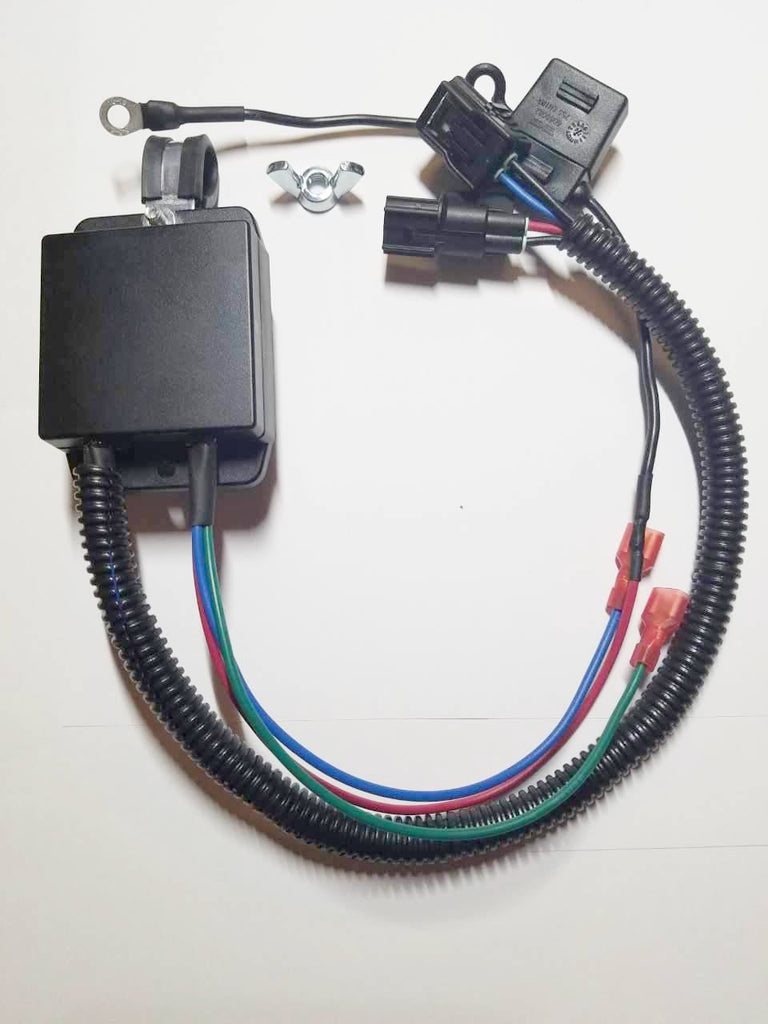I wanted to post about my experience with both the original VCM Muzzler & S-VCM on my 2013 Pilot EX-L in Ottawa, Canada.
I installed the original VCM Muzzler with the 82ohm fixed resistor in 2014 when the vehicle was almost new and was very happy with the product and the results. It used to throw the odd CEL in the spring and fall but would usually not return after a reset. In 2021 it was throwing CEL's every 2 weeks or so consistently. I changed the resistor in the unit to the 68ohm which resulted in CEL, TRAC, and VTM lights.
After a little research, I installed the S-VCM as it was available right away and actively managed the system resistance. I have not had a single CEL since installation (after 18 months so far). The vehicle has about 145,000Kms and zero engine issues.
I installed the original VCM Muzzler with the 82ohm fixed resistor in 2014 when the vehicle was almost new and was very happy with the product and the results. It used to throw the odd CEL in the spring and fall but would usually not return after a reset. In 2021 it was throwing CEL's every 2 weeks or so consistently. I changed the resistor in the unit to the 68ohm which resulted in CEL, TRAC, and VTM lights.
After a little research, I installed the S-VCM as it was available right away and actively managed the system resistance. I have not had a single CEL since installation (after 18 months so far). The vehicle has about 145,000Kms and zero engine issues.





